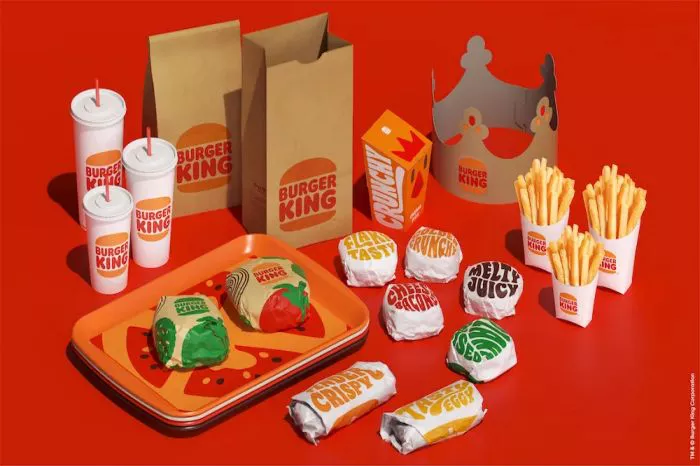Fast food is often associated with indulgent, calorie-laden meals that may not align with health and wellness goals. However, there are plenty of options available for those seeking lower-calorie alternatives while dining out. In this article, we will explore various low-calorie fast food options, considering factors such as nutritional content, portion sizes, and overall dietary implications, and provide recommendations for making healthier choices on the go.
Understanding Caloric Needs and Dietary Goals
Before delving into specific low-calorie fast food options, it’s essential to understand individual caloric needs and dietary goals. Caloric requirements vary based on factors such as age, gender, activity level, and overall health status. Additionally, dietary goals may include weight management, improved nutrition, or specific health conditions such as diabetes or heart disease.
Factors to Consider When Choosing Low-Calorie Fast Food
When selecting low-calorie fast food options, several factors should be taken into account:
Nutritional Content: Opt for menu items that are lower in calories and provide a balance of essential nutrients such as protein, fiber, vitamins, and minerals. Look for options that are higher in lean protein, whole grains, and vegetables, and lower in added sugars, unhealthy fats, and sodium.
Portion Sizes: Pay attention to portion sizes, as larger portions can contribute to excess calorie intake. Consider choosing smaller-sized options or sharing larger items with a friend or family member to control calorie consumption.
Preparation Methods: Choose menu items that are prepared using healthier cooking methods such as grilling, baking, or steaming, rather than frying. Avoid items that are heavily breaded or fried, as they may be higher in calories and unhealthy fats.
Customization Options: Take advantage of customization options to tailor your meal to your dietary preferences and needs. Request to hold high-calorie or high-fat toppings, add extra vegetables for fiber and nutrients, and opt for lighter condiments to reduce calorie intake.
Nutritional Information: Many fast food chains provide nutritional information for their menu items, either on their websites or in-store. Use this information to make more informed choices about your food selections based on factors like calorie counts, macronutrient content, and serving sizes.
Low-Calorie Fast Food Options and Recommendations
Now let’s explore some low-calorie fast food options that can help you make healthier choices on the go:
Grilled Chicken Sandwich or Salad: Grilled chicken is a lean protein source that can be a nutritious option when dining at fast food restaurants. Opt for a grilled chicken sandwich without the bun or a grilled chicken salad with plenty of vegetables for a satisfying and low-calorie meal.
Vegetable-Based Options: Many fast food chains offer vegetable-based menu items such as salads, vegetable sides, or veggie wraps. These options are typically lower in calories and higher in fiber, making them suitable choices for those looking to reduce calorie intake and increase nutrient density.
Soup and Chili: Soups and chili can be filling and nutritious options that are lower in calories compared to other menu items. Look for broth-based soups or chili made with lean meats, beans, and plenty of vegetables for a satisfying and low-calorie meal.
Bunless Burgers: Ordering a burger without the bun or opting for a lettuce wrap instead can significantly reduce calorie intake while still providing protein and flavor. Choose toppings like lettuce, tomato, onion, and pickles for added crunch and freshness without extra calories.
Grilled Fish or Shrimp Tacos: Some fast food chains offer grilled fish or shrimp tacos as a lighter alternative to traditional beef or chicken tacos. These options are typically lower in calories and saturated fat, making them a healthier choice for those watching their calorie intake.
Egg White Breakfast Sandwich: For those looking for low-calorie breakfast options, consider choosing an egg white breakfast sandwich with whole grain bread or English muffin. These sandwiches are typically lower in calories and fat compared to traditional breakfast sandwiches made with whole eggs and bacon or sausage.
Conclusion
In conclusion, low-calorie fast food options are available for those seeking healthier choices while dining out. By considering factors such as nutritional content, portion sizes, preparation methods, customization options, and overall dietary goals, individuals can make informed decisions that align with their health and wellness objectives.
Choosing menu items that are lower in calories, higher in nutrients, and prepared using healthier cooking methods can help individuals manage their calorie intake, support weight management goals, and promote overall health and well-being. With careful consideration and awareness, it is possible to enjoy fast food without sacrificing taste or nutrition.

